A prospective study assessing the impact of Tixel treatment of peri-orbital wrinkles on dry eye symptoms and signs in patients with dry eye:
Volunteers are needed for a study to investigate if a treatment that is currently used to treat wrinkles around the eyes is useful in treating dry eye. To be eligible to participate you: must be at least 18 years of age; have wrinkles around your eyes; have been diagnosed as having dry eye; and not have any eye disease affecting the front of your eyes. The study involves five visits over a period of 18 weeks. You would have your wrinkles treated and an assessment of dry eye. To find out more about the study and to see if you would be eligible to participate please contact: Ms Bhagyashree Rajesh Rawal on 210322284@aston.ac.uk or Dr Raquel Gil-Cazorla on ”r.gil-cazorla@aston.ac.uk



